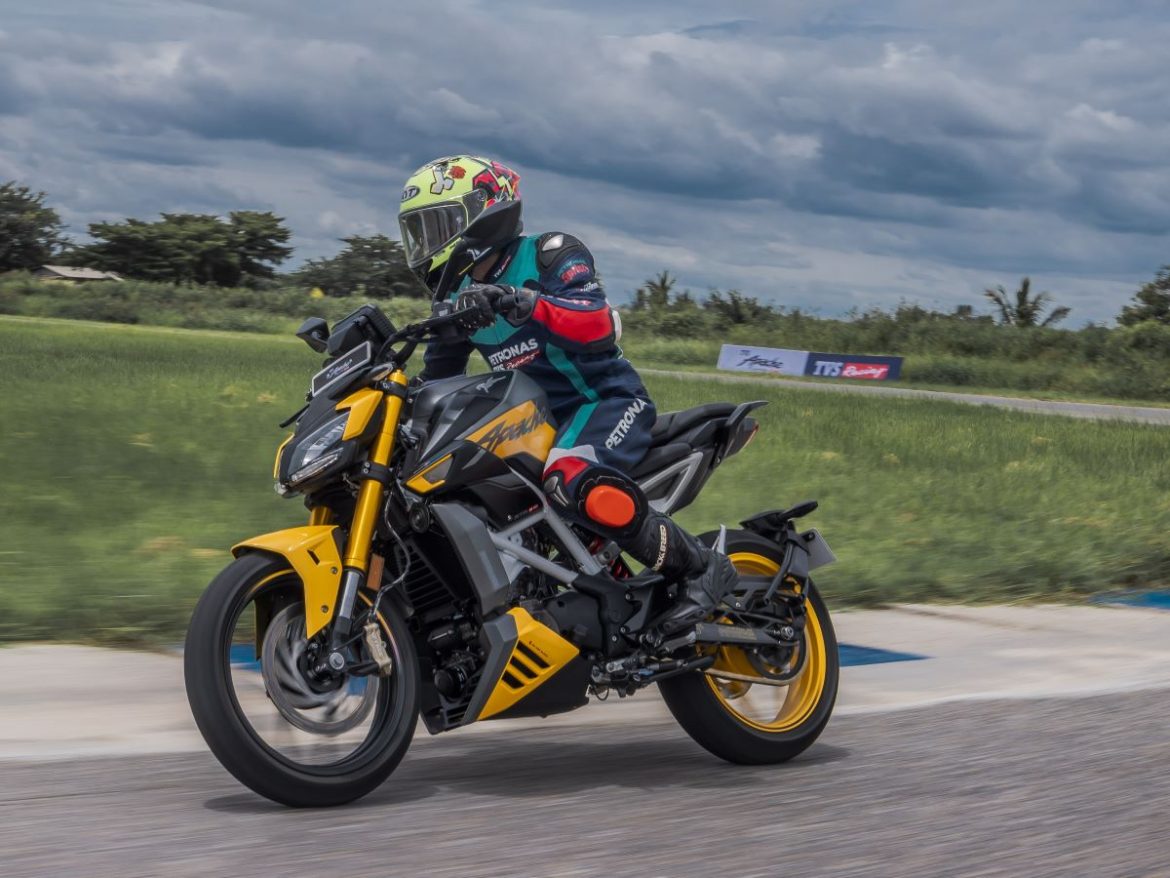The TVS Apache RR 310, which has undergone several updates, is about to complete six years in the Indian market. BMW also has three different models based on the same platform. However, it took TVS more than five years to launch the much-awaited naked version of its RR 310. Finally, the wait is over, and TVS has released the new Apache RTR 310, which the company claims to be its fastest-accelerating motorcycle to date.
This motorcycle is essentially the stripped-down version of the Apache RR 310. However, TVS has gone beyond just removing the fairing and replacing the clip-ons with a flatter bar. The motorcycle has been redesigned, and it has a new appearance. It reminds me of a few versions of the Ducati Streetfighter. The sharp edges, low-slung dual headlamps, and muscular fuel tank give it a mass-forward appeal.
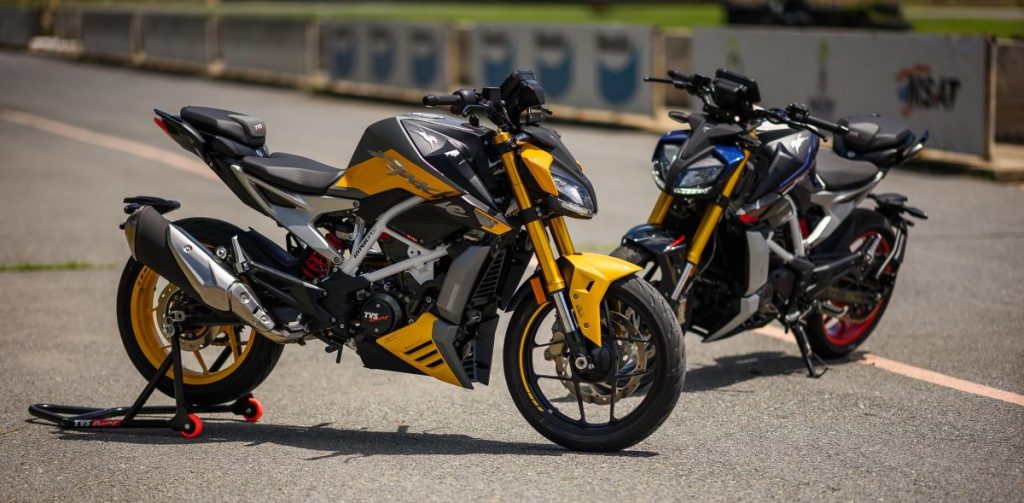
TVS has done well in several areas, but where they have excelled is in the features they offer. The Apache RTR 310 boasts some truly groundbreaking technology, such as a new, horizontal 5-inch TFT screen. Additionally, the bike features twin LED headlights that can adjust their brightness based on the speed of the bike and offers five different riding modes to choose from – Urban, Rain, Sports, Track, and Supermoto.
The bike comes with standard features like traction control and dual-channel ABS. The riding modes work by modifying these features to enhance the bike’s performance in varying conditions. Additionally, the base variant includes features like Cruise Control, Linear Stability Control, slipper clutch, and Guide Through Technology (GTT). You can also choose to add a few additional kits, such as a colour kit that adds a TVS Racing-inspired livery for INR 10,000, and a quickshifter that costs around INR 15,000. There is a Dynamic Kit priced at INR 18,000 which includes a front fork with the rebound, compression, and preload-adjustable features, a rear monoshock with preload and rebound adjustable features, a tyre pressure monitoring system, and a brass-coated chain.
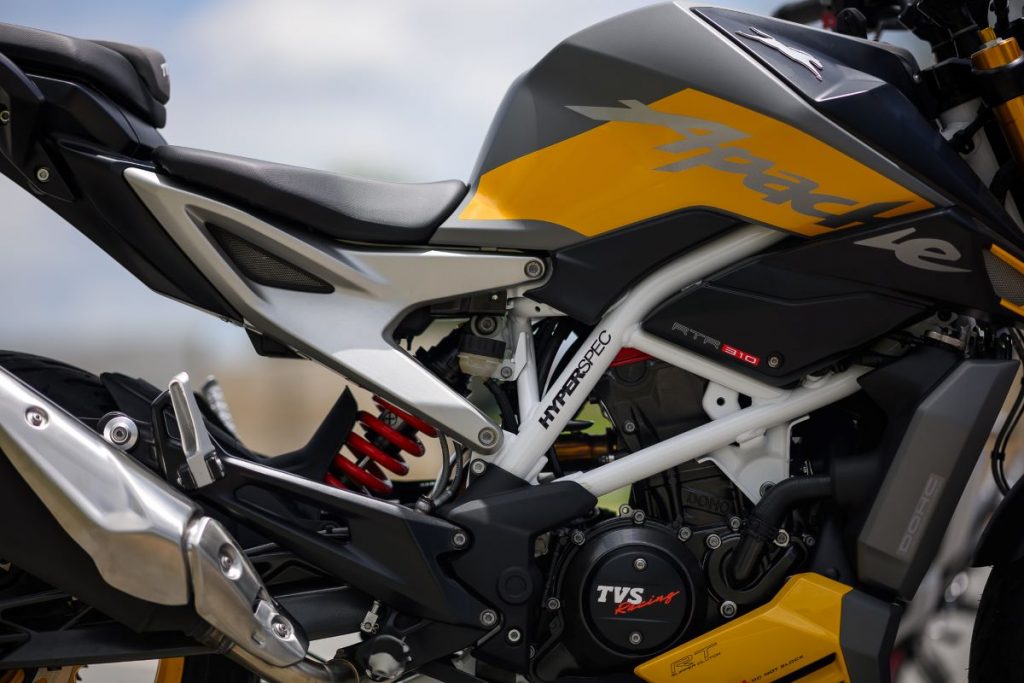
Another product offered is the high-end electronic suite, the Dynamic Pro Kit, which is available for INR 22,000. It comes equipped with six-axis IMU-based stability control, cornering ABS, cornering traction control, wheelie control, rear wheel lift-off control, and slope-dependent brake control. All of these features are easily adjustable through the new 5-inch TFT screen, which also offers Bluetooth connectivity to pair with your phone, communication devices, and even a GoPro.
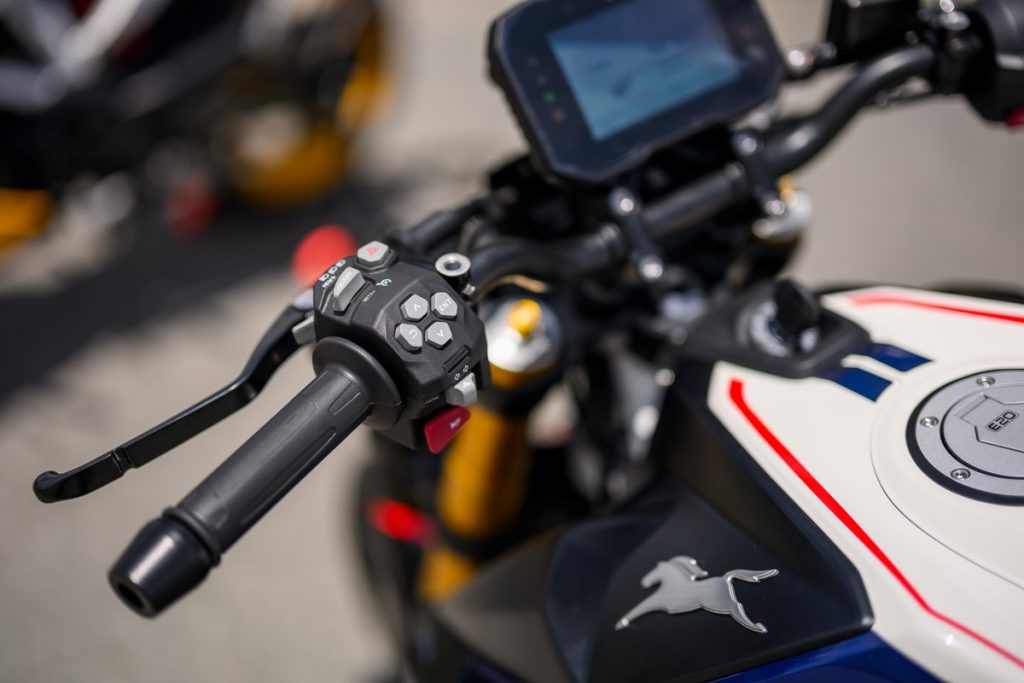
The Dynamic Pro kit also includes a climate-controlled seat that can both heat and cool, making it a useful feature for riding in extreme conditions. However, the seat’s heating and cooling system can also be a serious comfort issue. Overall, the motorcycle has a comfortable and sporty yet upright riding posture, with a seat height of around 800 millimetres which is inviting. However, shorter riders who prefer to sit on the front edge of the seat may find it uncomfortable due to the heating and cooling system. This system can make the seat feel like a wooden block with just a layer of skin covering it. Taller riders who sit towards the rear of the seat may not have this issue.
Coming to the heart of the matter, it is the same 312cc liquid-cooled, single-cylinder engine from the Apache RR310. The drivetrain has gone through several alterations, making it peppier. But sadly, the buzzy nature of the engine continues. In fact, it is more evident between 5,000 and 7,000 RPM, maybe because of the shortened gearing. The updated powertrain now produces 35.1bhp and 28.7Nm of torque, which is about 1.5bhp and 1.4Nm more than that of the RR 310, and the rear also goes up by 4 teeth.
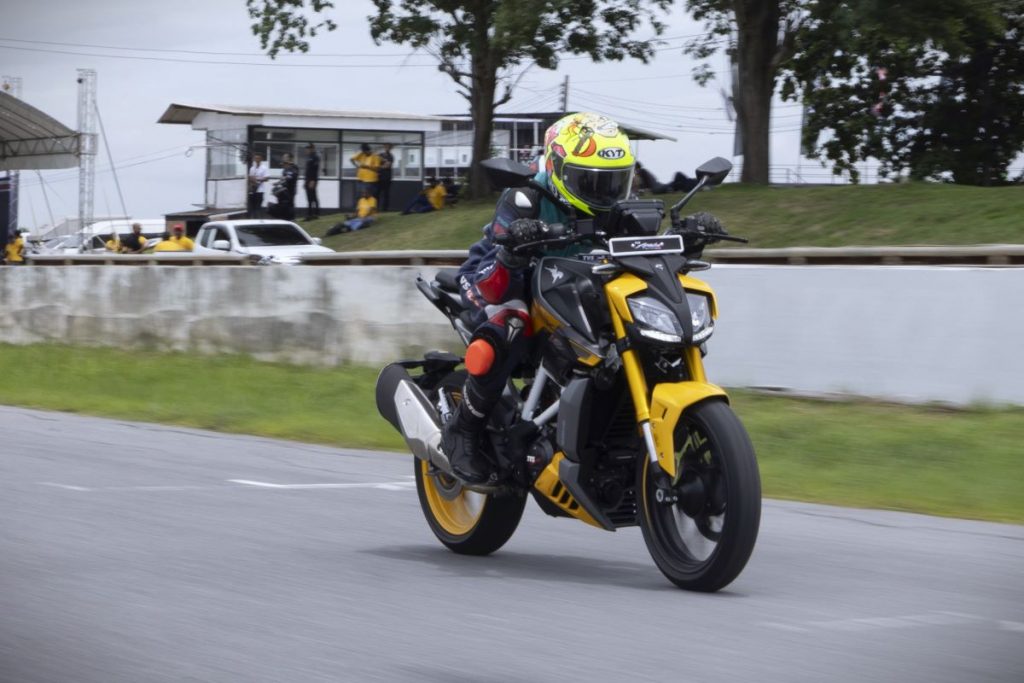
When you first accelerate with RTR 310, it’s an exhilarating experience that brings a huge smile to your face. However, cruising at 90-100kmph is not as enjoyable, as the engine feels like it’s revving too high and there’s a lot of buzziness in the handlebar, seat, and footpegs. Interestingly, the engine actually becomes smoother past 8,000 RPM and pulls quite nicely all the way to 10,000 RPM, making the top end quite enjoyable. In fact, you’ll experience fewer vibrations past 120kmph than you do at 100kmph. We experienced a very choppy throttle response. The power cuts off randomly in the 7,000 to 8,000 RPM zone, while the red line and limiter sit above the 9,000 RPM mark. There’s a delay in throttle closing as well, and these issues were more noticeable in urban and rain modes, where the engine provided lower power output.
During our time in Thailand, we had the opportunity to ride this bike on the country’s well-maintained roads and the Thailand Circuit outside Bangkok. We also tested it on some rough patches, and the bike handled most of them well, maintaining its composure with a hint of firmness. Although we didn’t have much time to experiment with different suspension settings, we believe that the right adjustment will enhance its performance on various types of roads. This will also allow you to take full advantage of the Michelin Road 5 tyres, which are already super sticky.
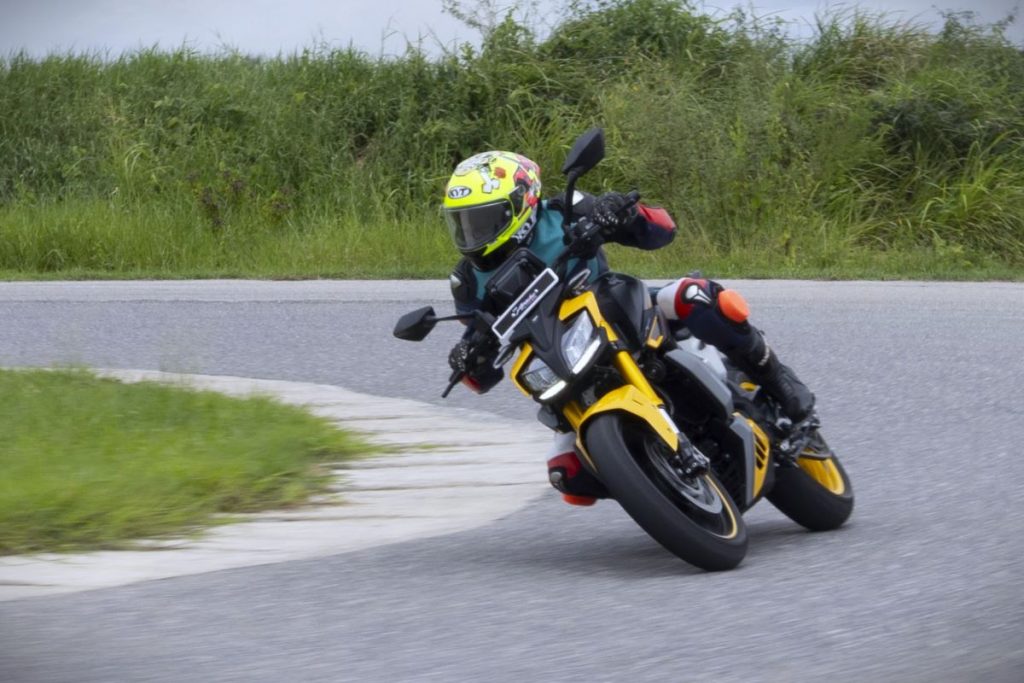
The TVS Apache RTR 310 is a more versatile and less niche offering as compared to the RR 310. It retains many aspects that we like about its faired sibling, along with a few additional ones. The RTR 310 may not be the best choice for long-distance rides, but a great choice if you want a stylish and exciting city bike that’s fun in corners and has plenty of features to brag about.

